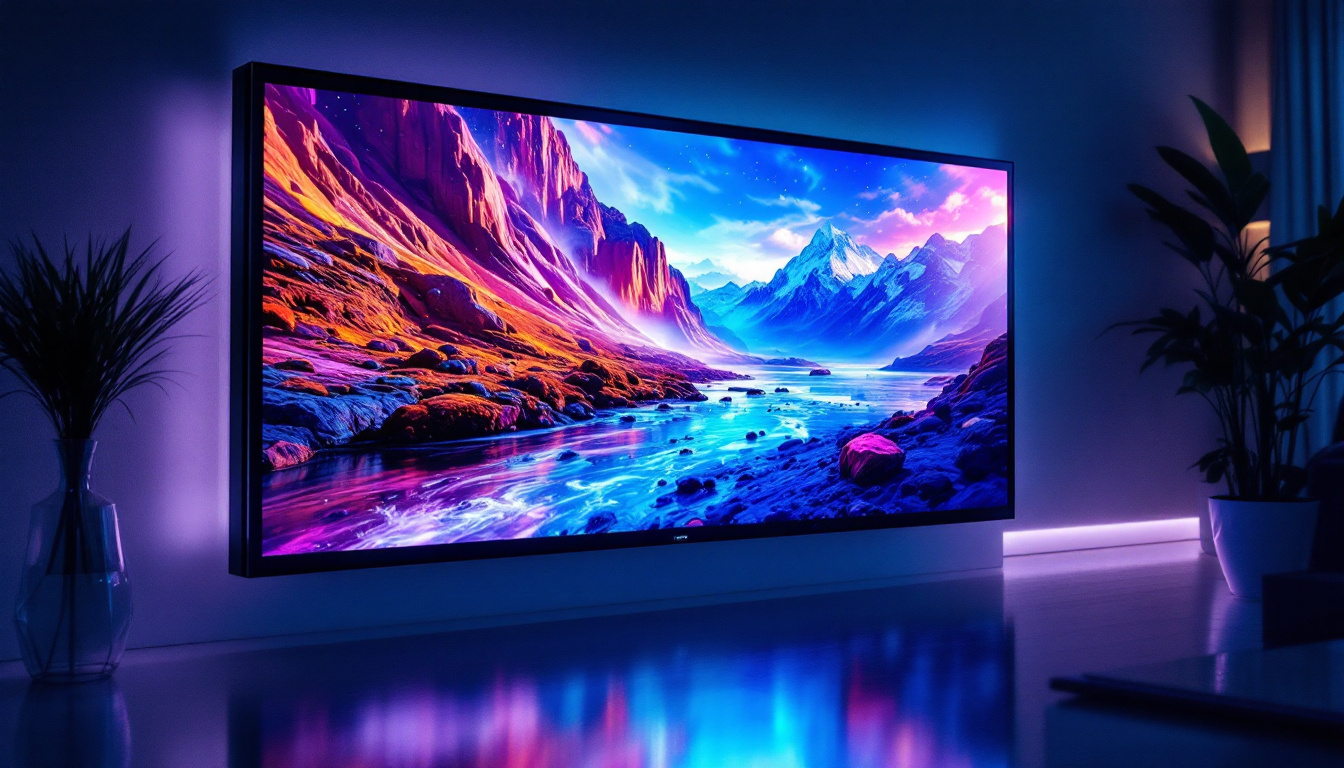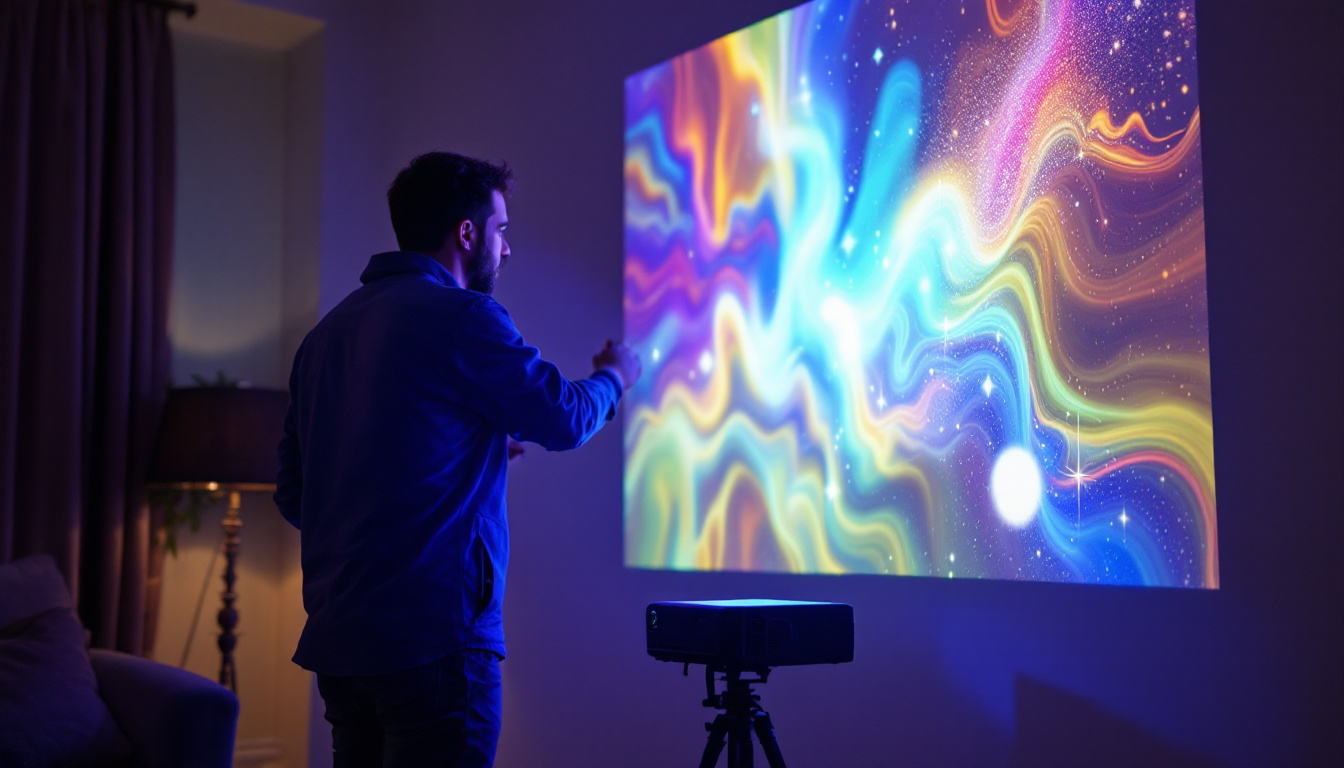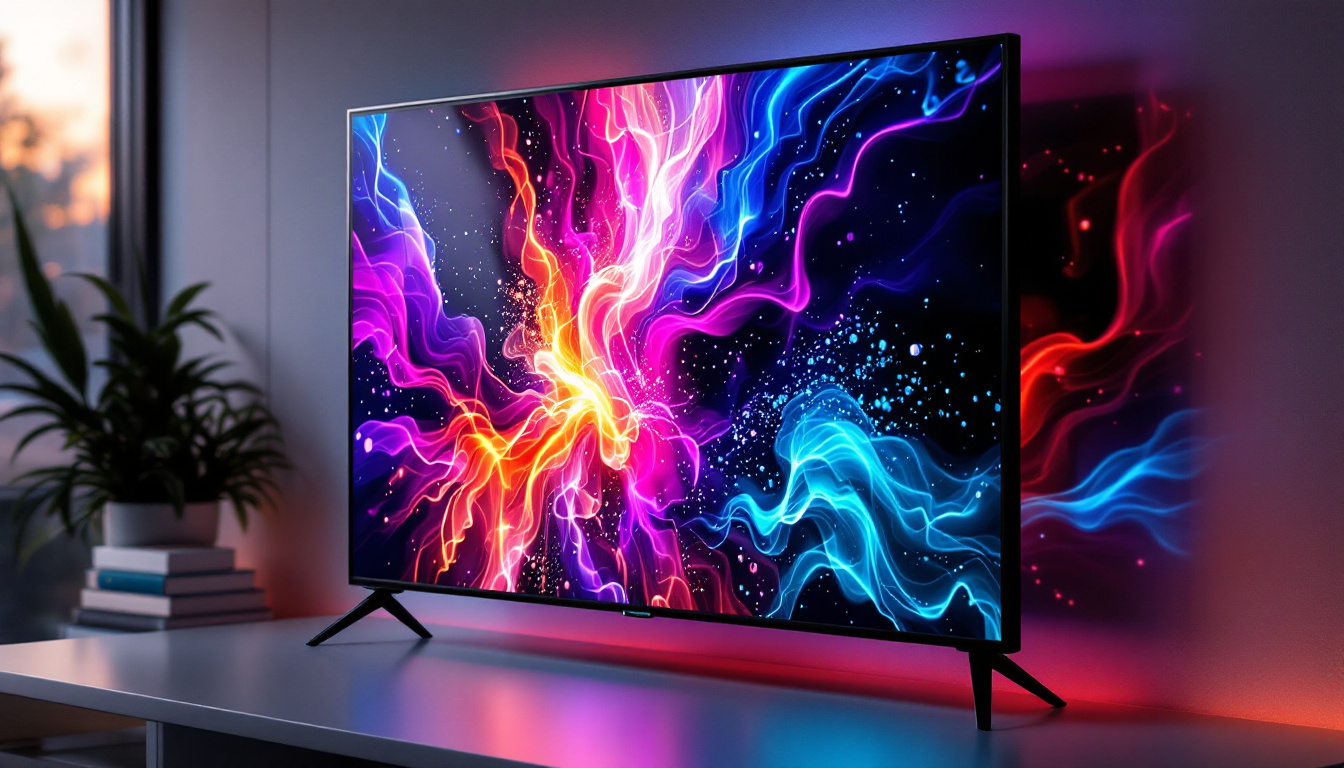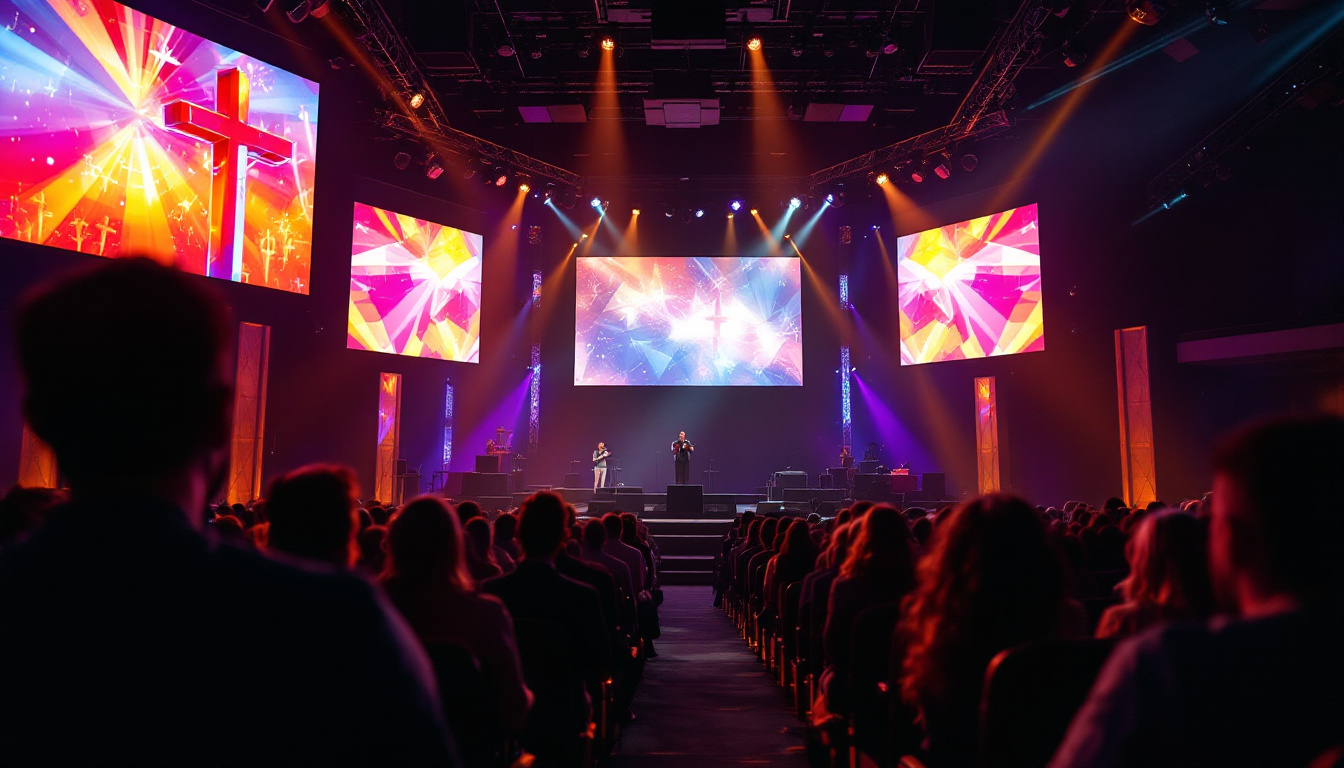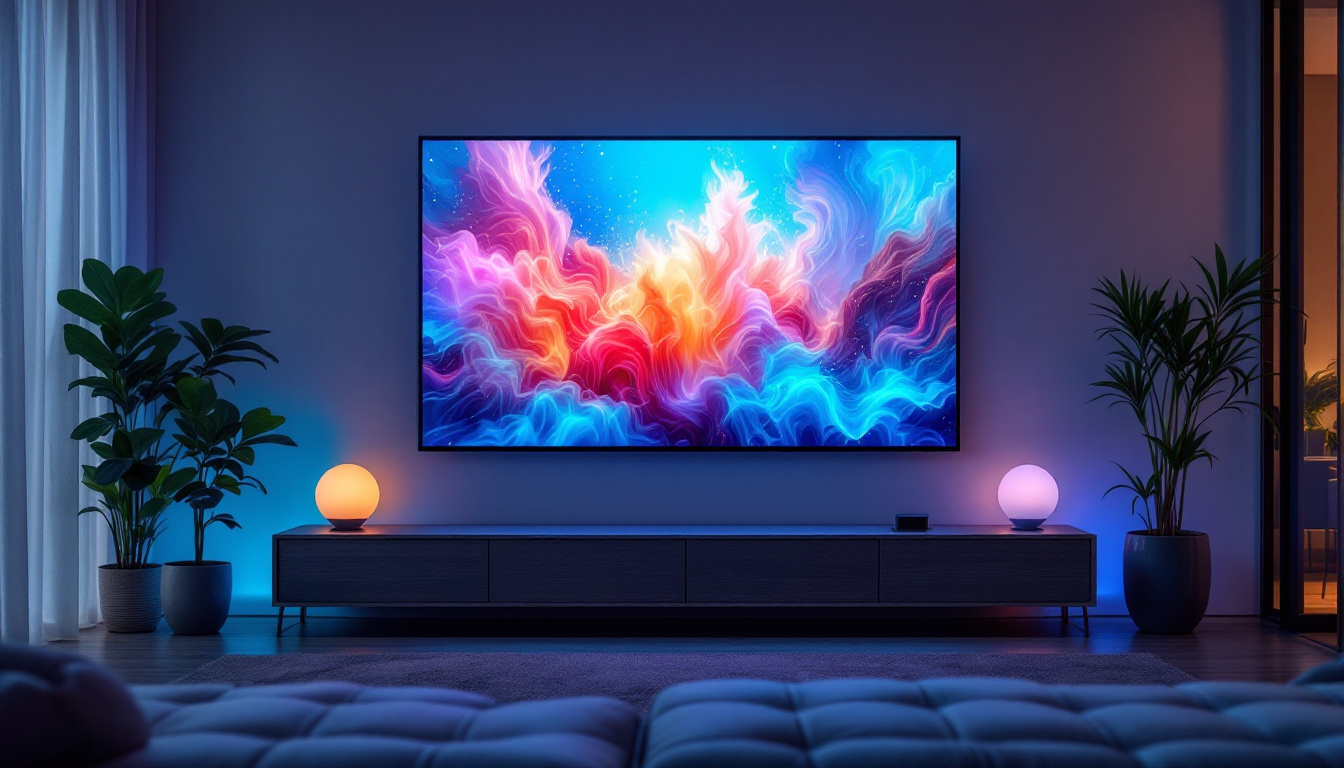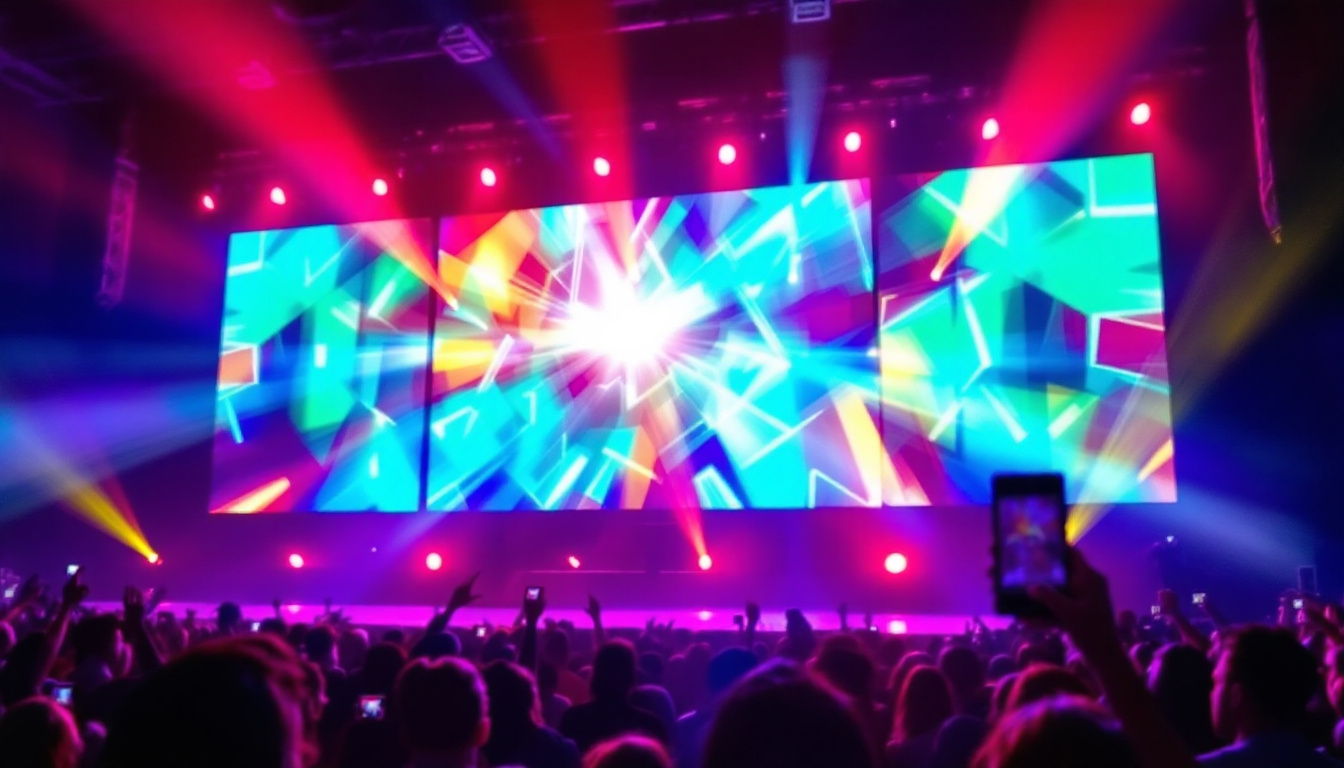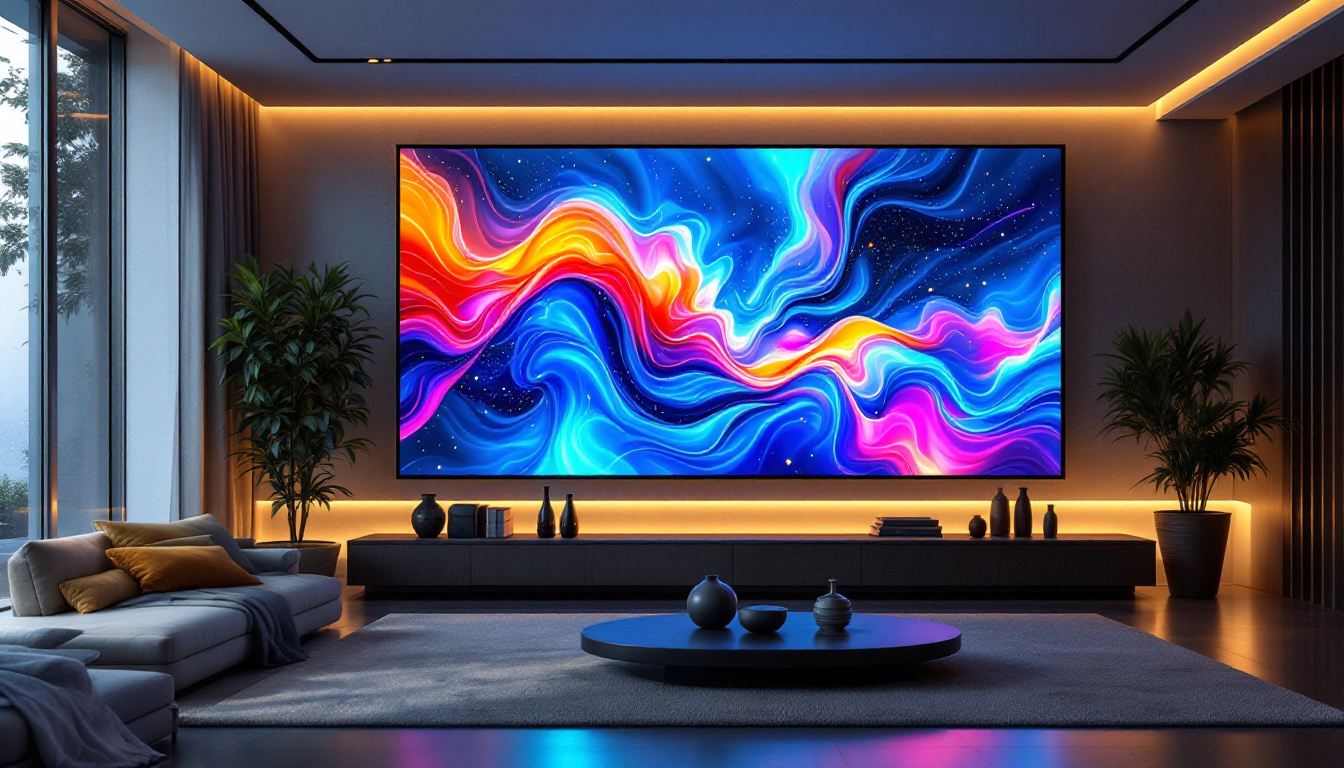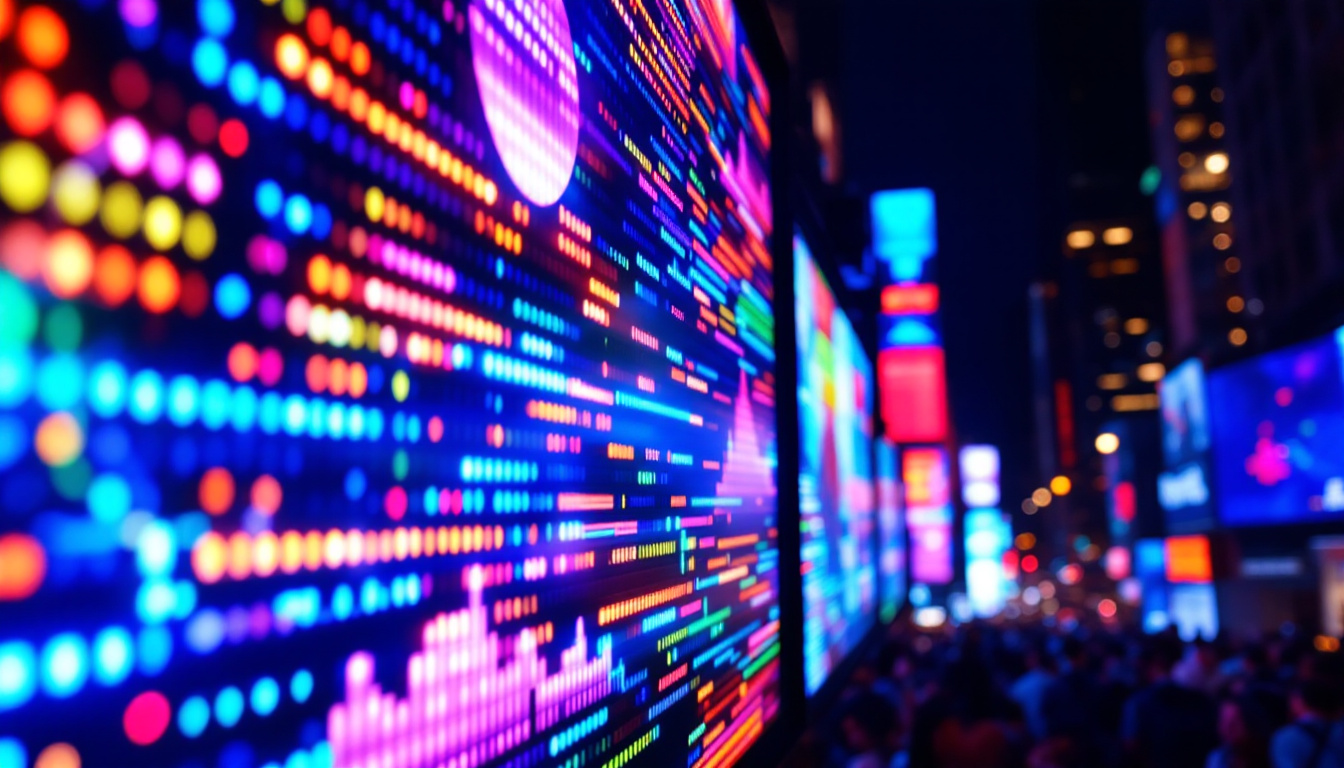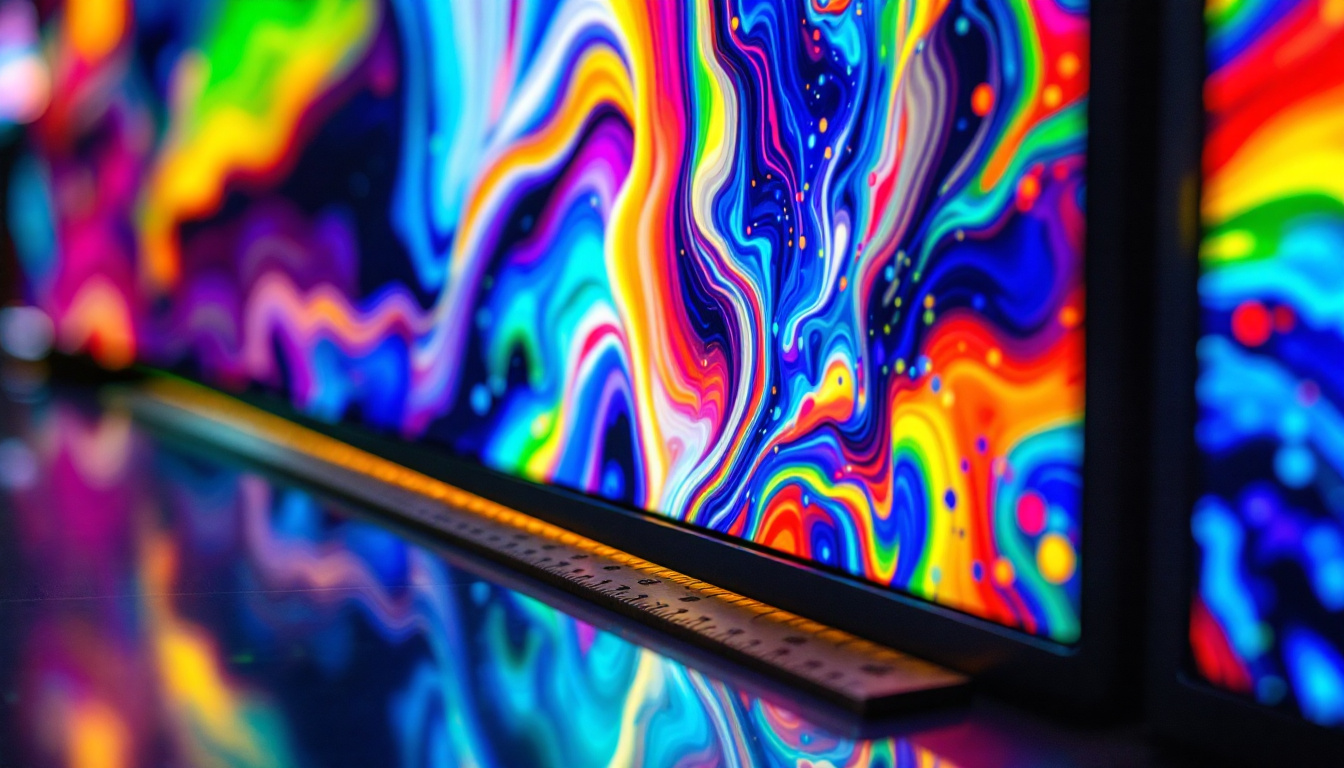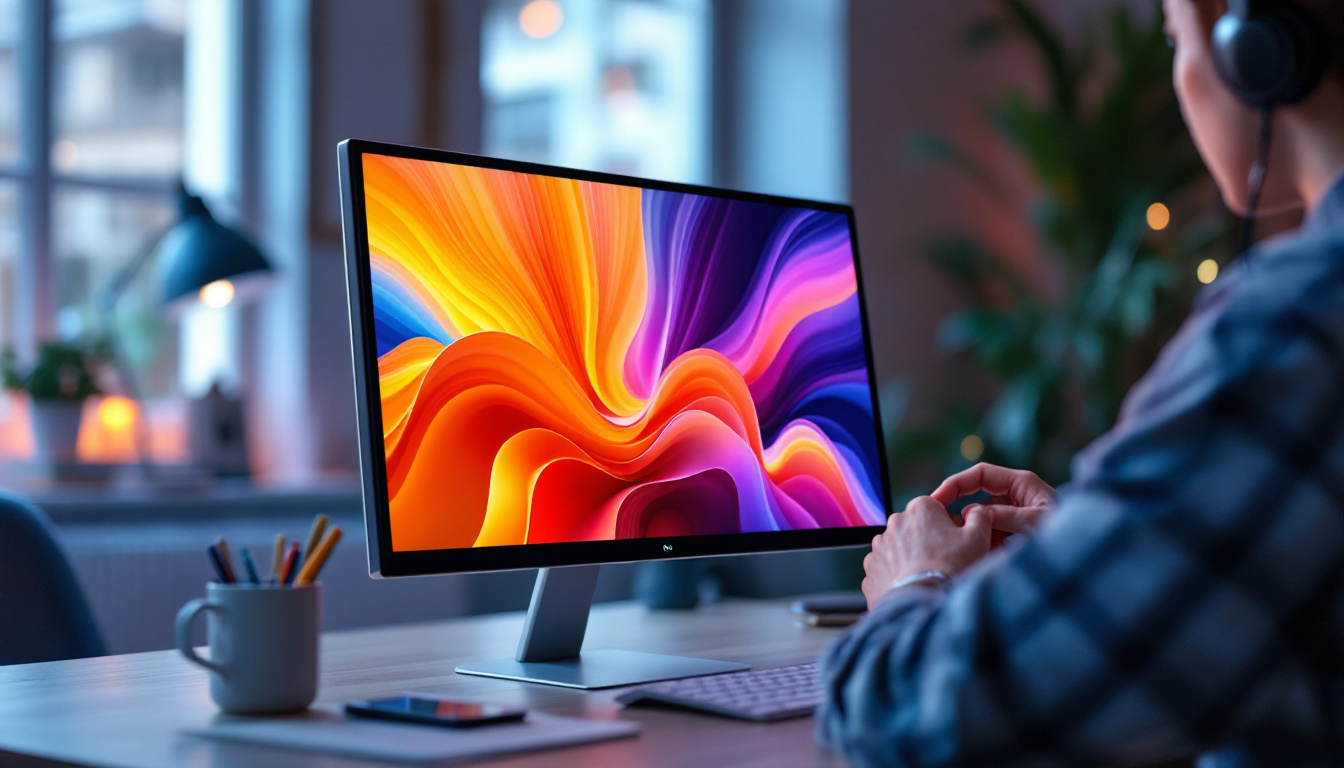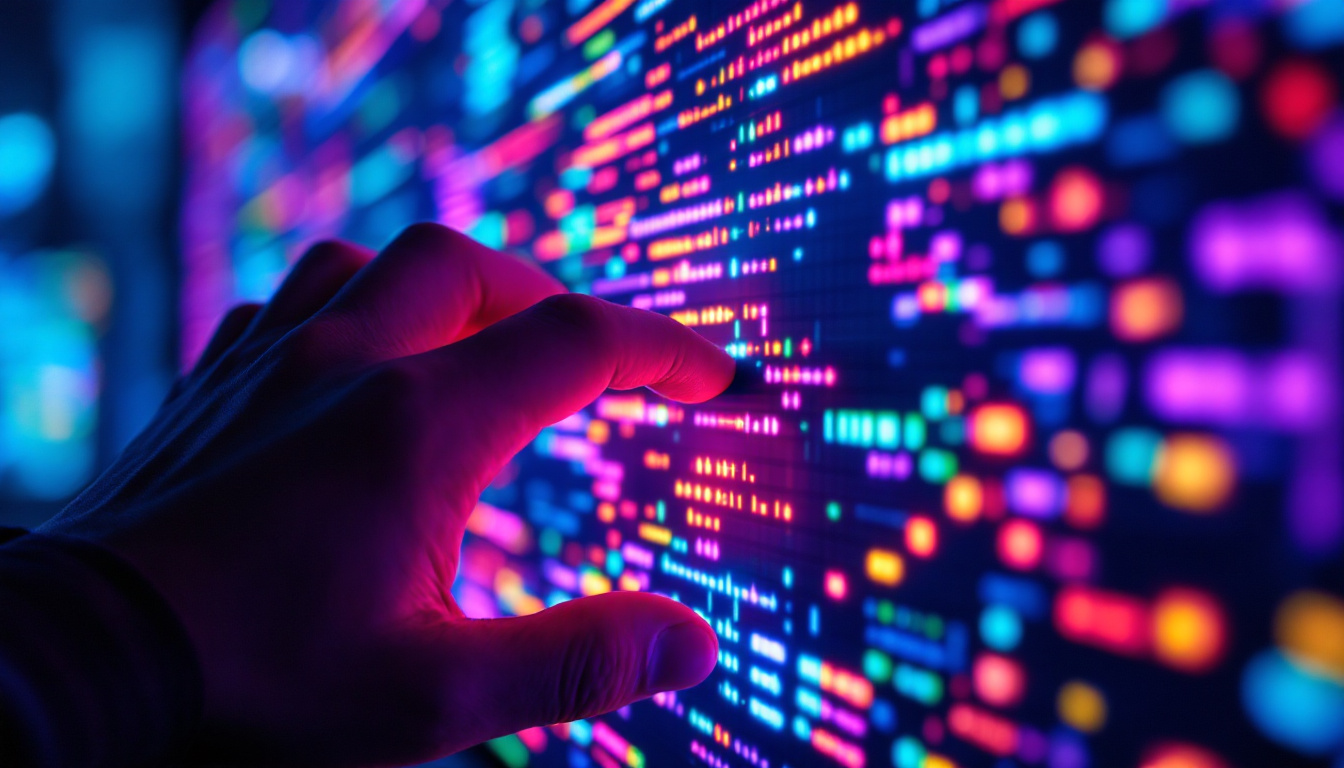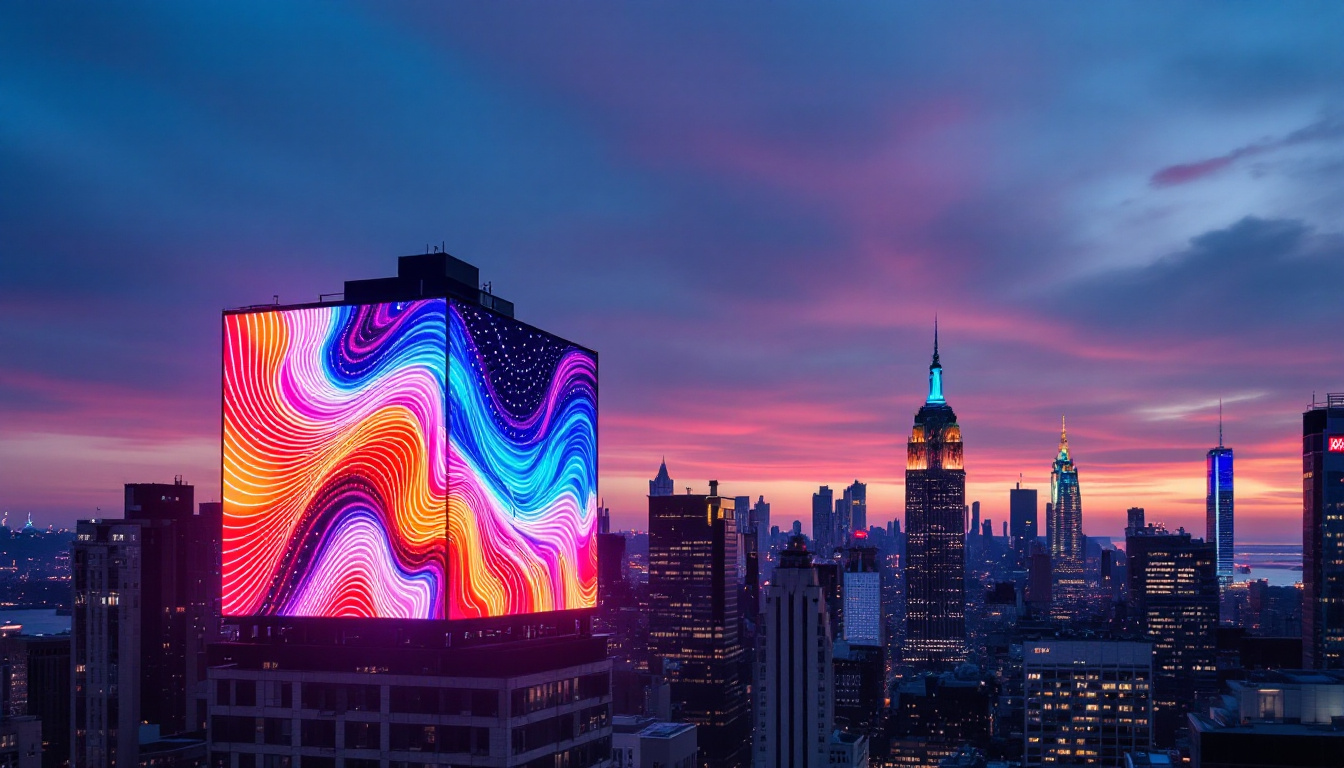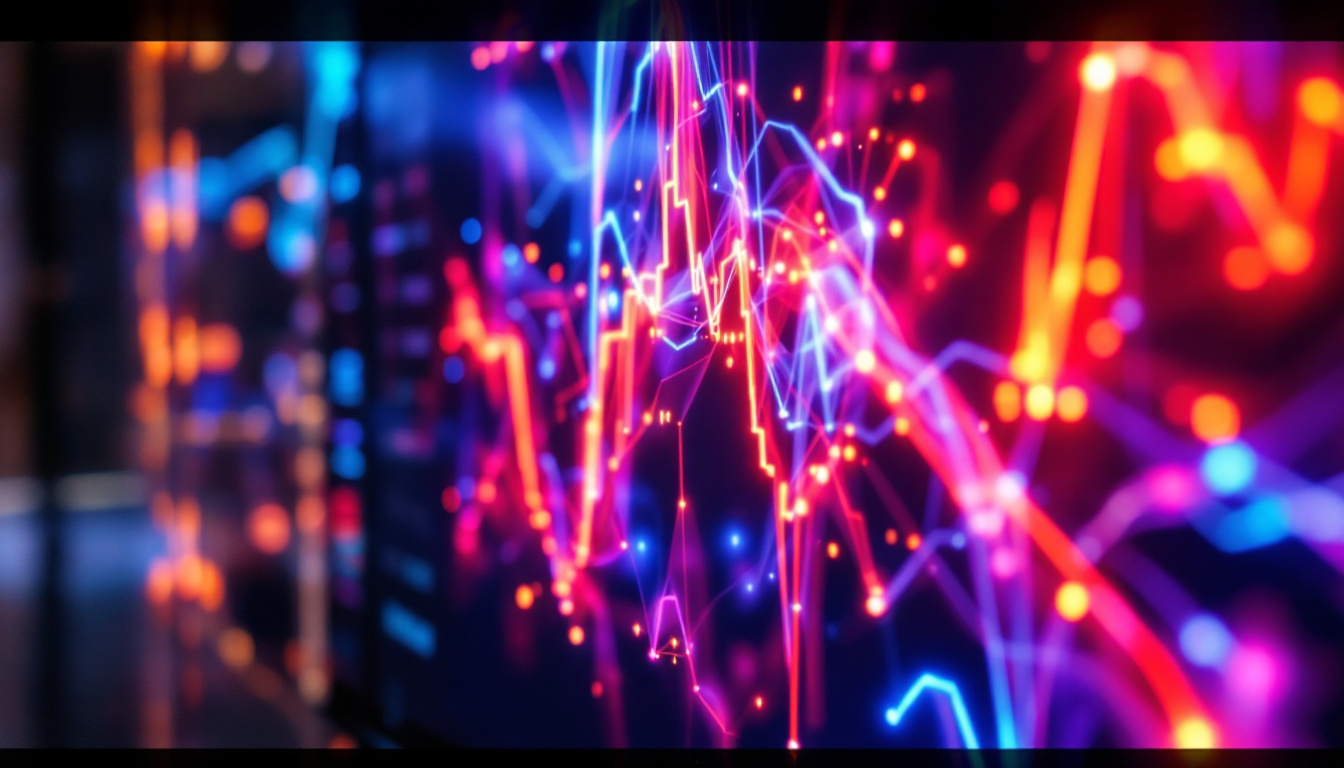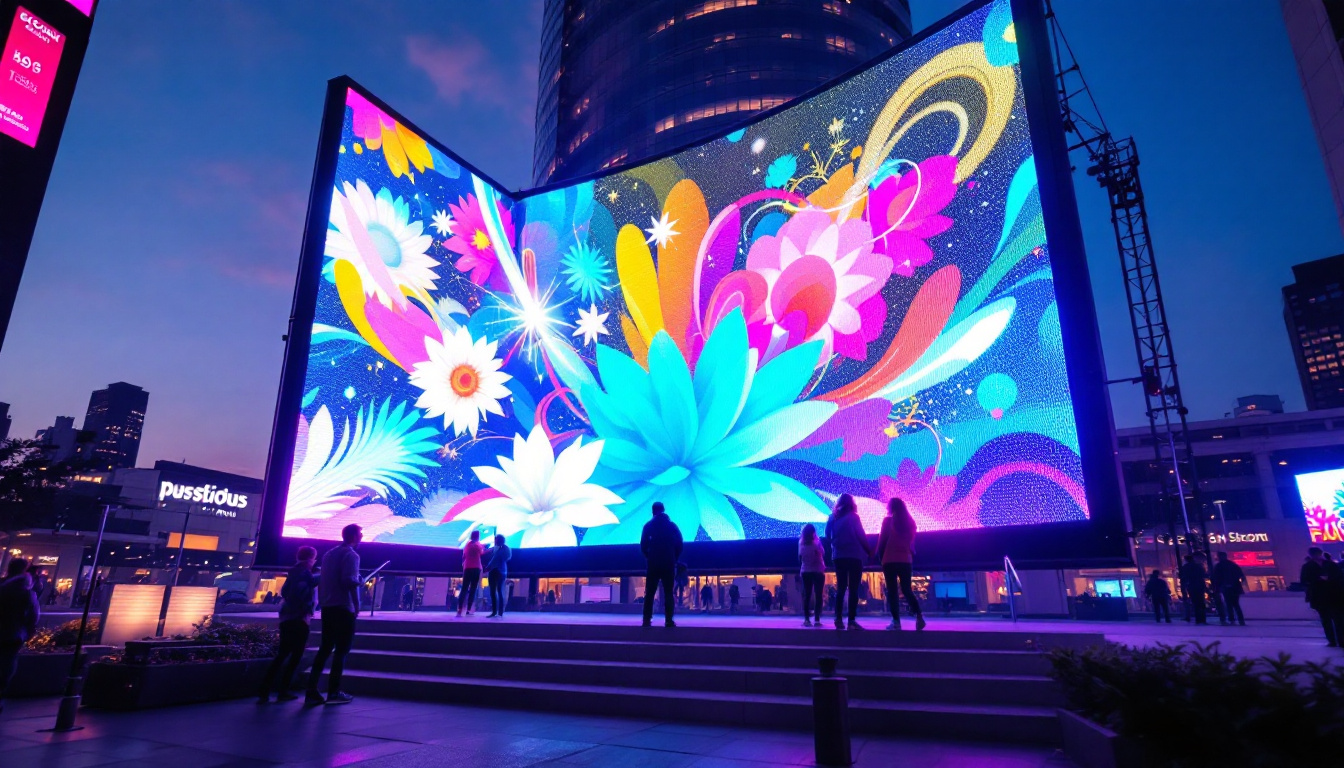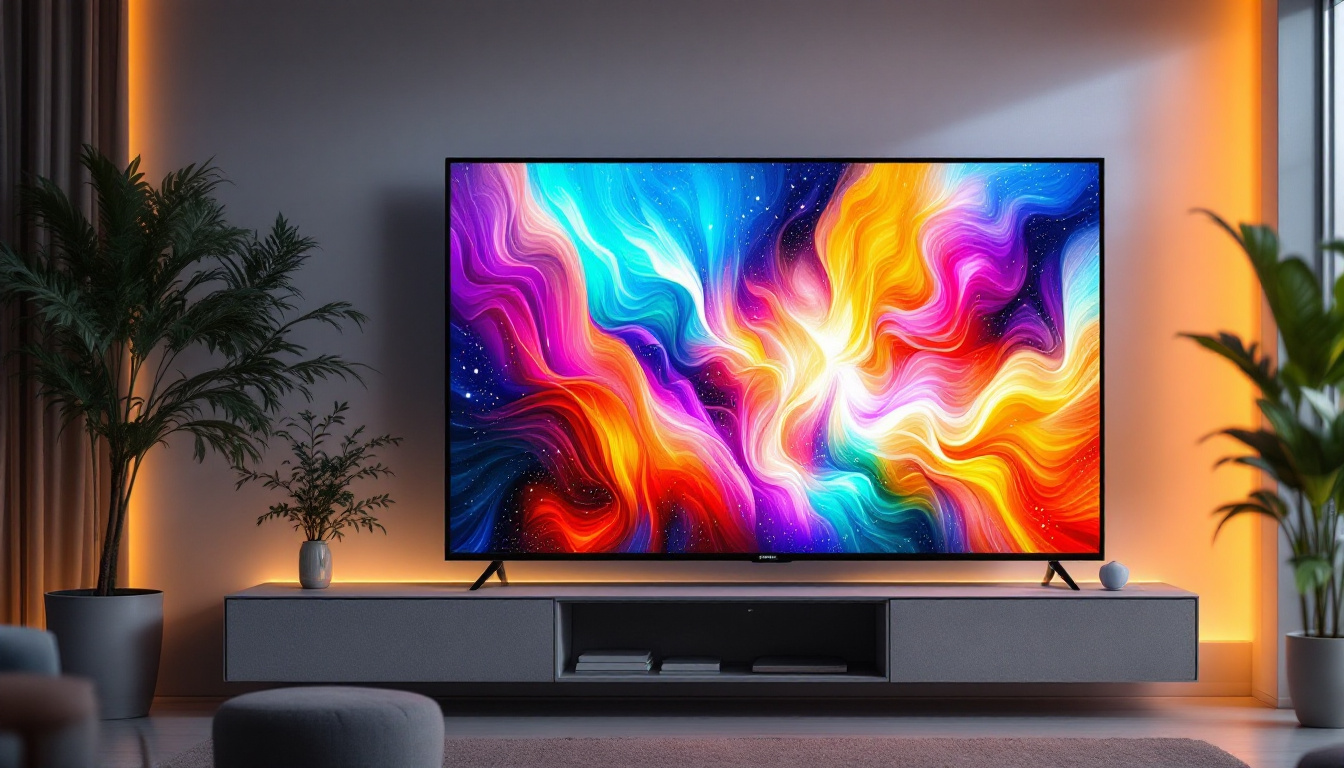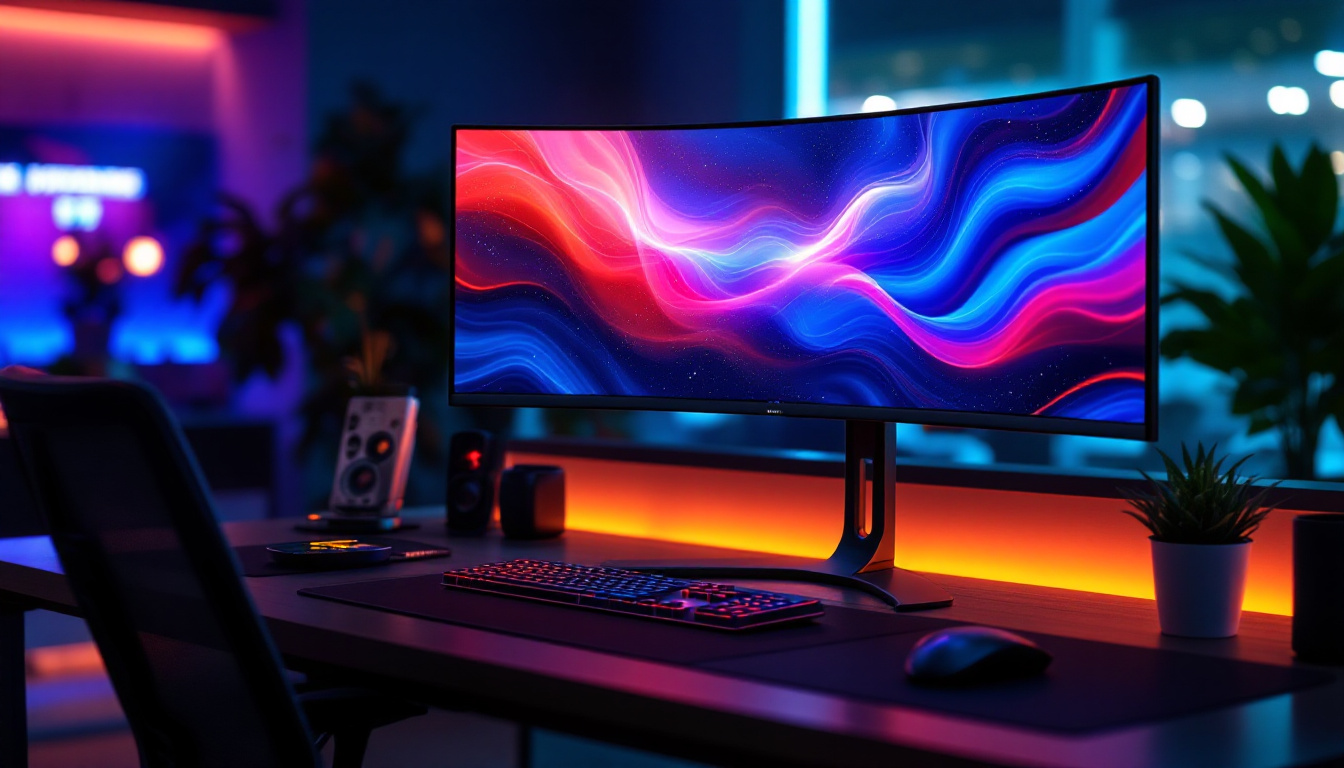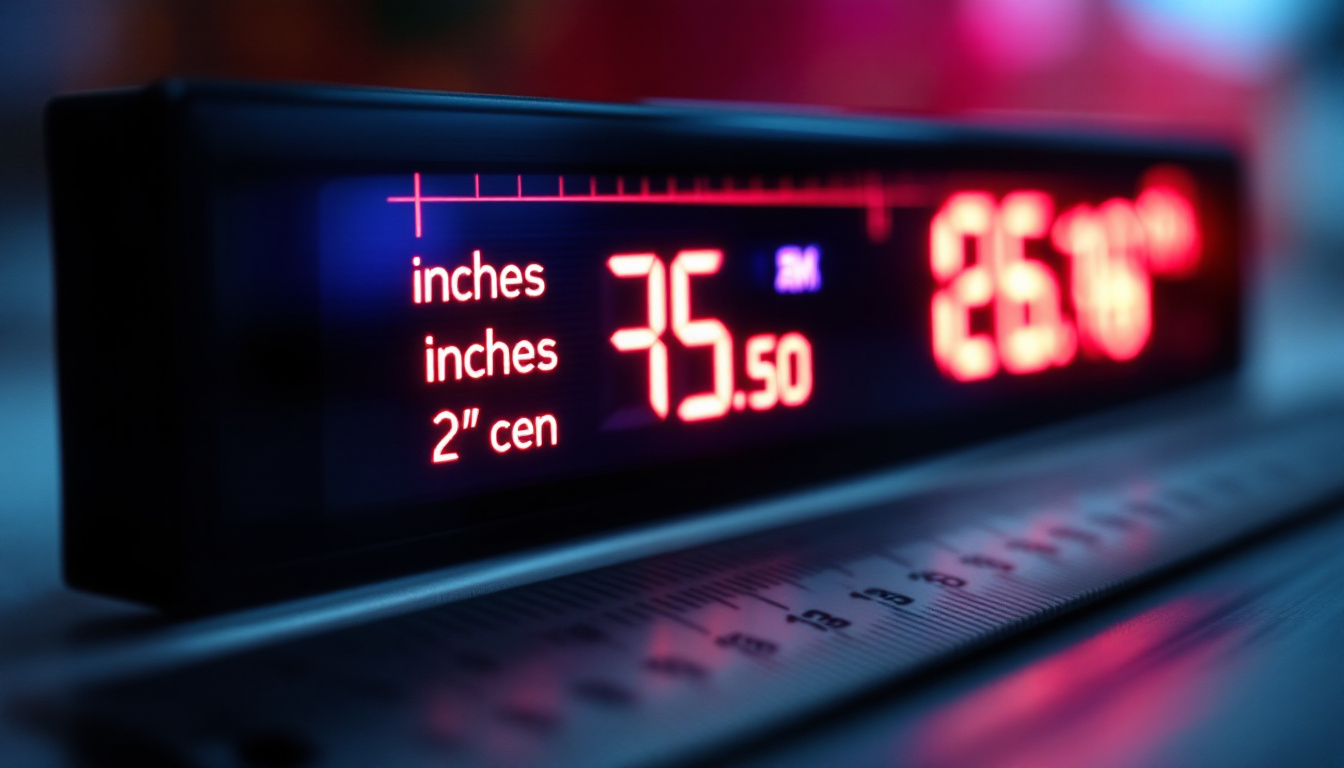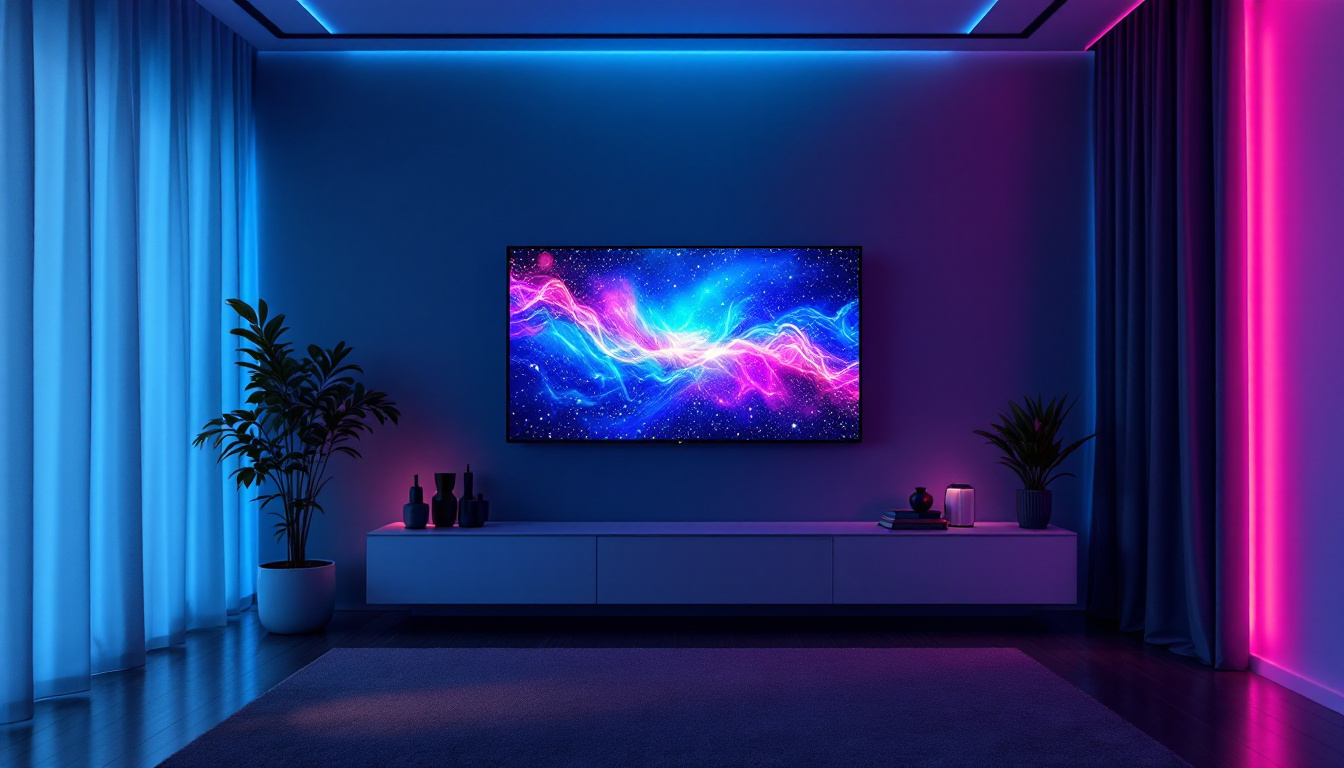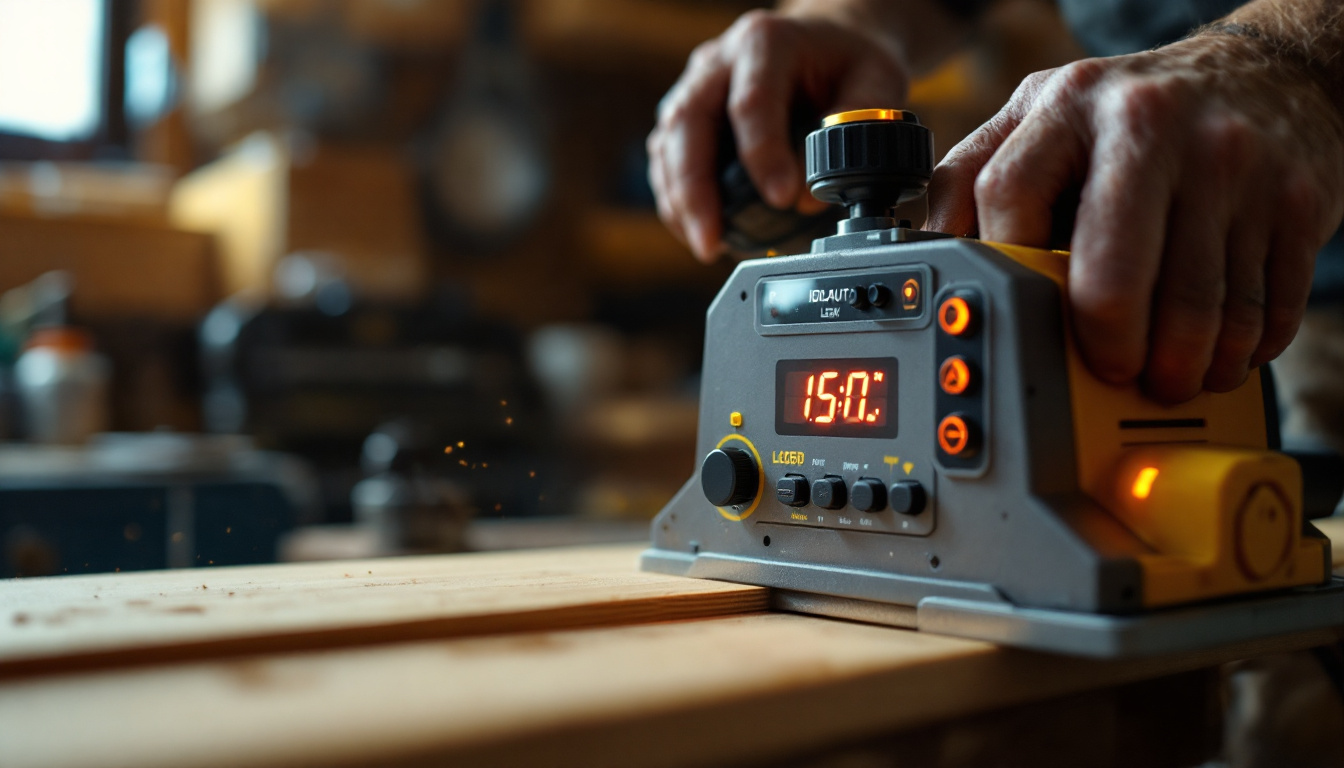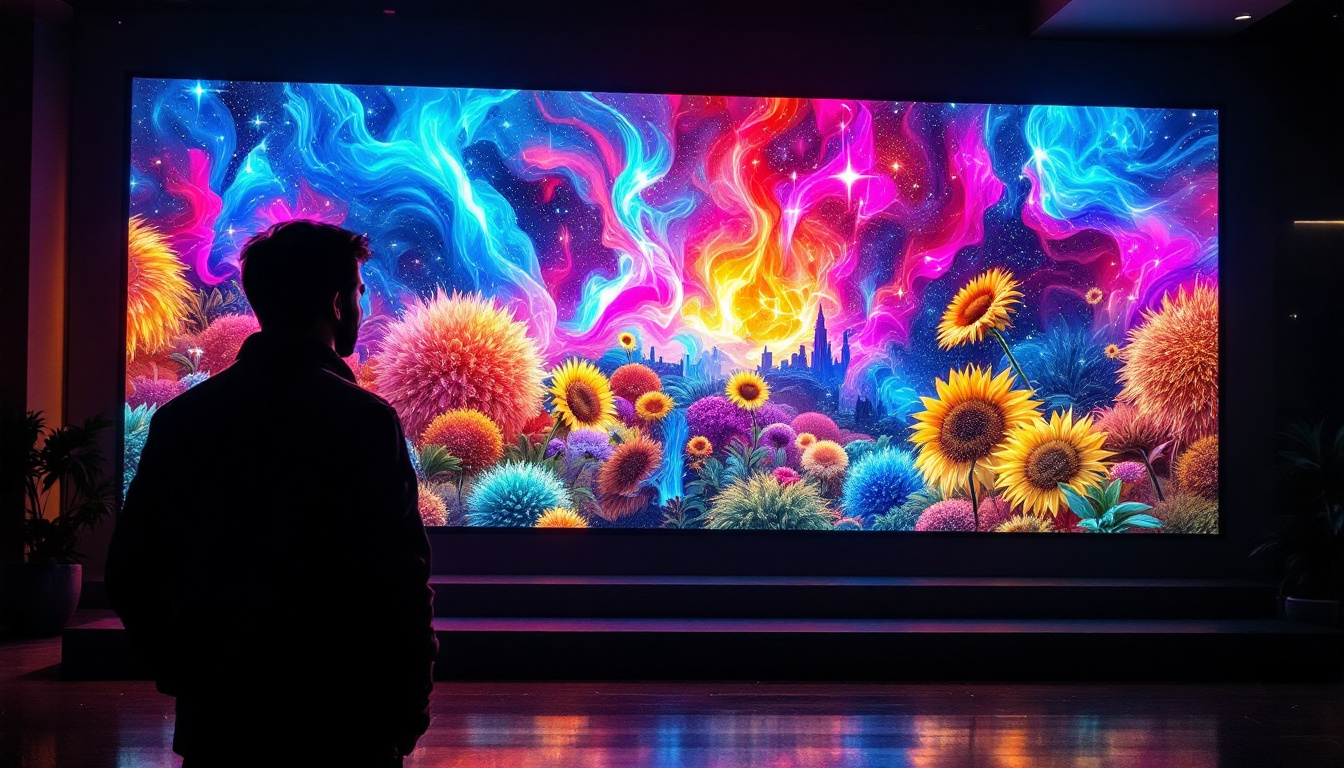The evolution of motion capture (mocap) technology has revolutionized various fields, including gaming, film, and virtual reality. As the demand for high-quality visual content continues to grow, so does the need for efficient data management. One of the challenges faced by developers and artists is the size of mocap data files, which can be cumbersome and resource-intensive. This article delves into the intricacies of mocap data size reduction and explores the potential of plugins and LED display technology in this context.
Understanding Motion Capture Data
Motion capture technology records the movements of objects or people and translates them into digital data. This data is crucial for creating realistic animations in various applications, from video games to animated films. However, the sheer volume of data generated during a mocap session can be overwhelming, leading to storage and processing challenges.
The Basics of Mocap Data
At its core, mocap data consists of numerous data points that represent the position and orientation of markers placed on a subject. Each marker’s movement is tracked over time, resulting in a comprehensive dataset that captures intricate motions. While this data is essential for achieving lifelike animations, it often leads to large file sizes that can hinder workflow efficiency. The precision of this data is paramount; even slight inaccuracies in marker placement or tracking can lead to noticeable discrepancies in the final animation, making the initial setup and calibration of the mocap system critical to the overall quality of the output.
Challenges of Large Mocap Files
Large mocap files can pose several challenges. First, they require significant storage space, which can be a limitation for smaller studios or independent developers. Second, processing these files can strain computing resources, leading to longer rendering times and potential bottlenecks in production pipelines. Finally, sharing large files can be cumbersome, especially in collaborative environments where multiple team members need access to the same data. To mitigate these issues, many studios are exploring data compression techniques and cloud-based solutions that allow for more efficient storage and quicker access to mocap data. Additionally, advancements in software tools are enabling artists to work with mocap data more intuitively, allowing for real-time editing and playback, which can significantly enhance the creative process.
Exploring Data Reduction Techniques
To address the challenges associated with large mocap files, various data reduction techniques have been developed. These methods aim to minimize file size without compromising the quality of the animation. Some of the most common techniques include data compression, keyframe reduction, and motion retargeting.
Data Compression Methods
Data compression is one of the most effective ways to reduce the size of mocap files. By applying algorithms that eliminate redundant information, developers can significantly decrease file sizes. Lossless compression retains all original data, ensuring that the quality of the mocap is preserved, while lossy compression sacrifices some fidelity for even greater size reductions. Advanced algorithms, such as Huffman coding and Run-Length Encoding, have become popular choices in the industry. These methods not only help in reducing the storage requirements but also enhance the speed of data transmission, which is crucial for real-time applications in gaming and virtual reality.
Keyframe Reduction Techniques
Keyframe reduction involves simplifying the mocap data by reducing the number of keyframes used in the animation. Instead of capturing every single movement, this technique focuses on the most critical frames that define the motion. By interpolating the in-between frames, animators can create smooth transitions while minimizing the overall data size. This approach not only streamlines the animation process but also allows for greater flexibility in editing. For instance, animators can easily adjust the timing and pacing of the animation by manipulating fewer keyframes, leading to more creative control over the final output. Additionally, tools that automate keyframe reduction are becoming increasingly sophisticated, enabling artists to achieve optimal results with minimal manual intervention.
Motion Retargeting
Motion retargeting is another powerful technique that allows animators to adapt mocap data for different character rigs or models. By mapping the captured motion onto a new character, developers can reuse existing data, reducing the need for new recordings. This not only saves time but also helps in managing file sizes by limiting the amount of new mocap data generated. Furthermore, motion retargeting can enhance the versatility of animations across various platforms, from film to interactive media. With the rise of machine learning, new algorithms are being developed that can automatically adjust the motion to fit different body types and proportions, making the retargeting process even more efficient. This innovation opens up new possibilities for character design and animation, allowing for a broader range of expressive movements that can be seamlessly integrated into diverse storytelling formats.
Plugins for Mocap Data Reduction
As the demand for efficient mocap data management grows, several plugins have emerged that specifically target the reduction of mocap file sizes. These tools offer various features designed to streamline the workflow and enhance productivity. With the increasing complexity of motion capture data, the need for effective management solutions has never been more critical, allowing animators and developers to focus on creativity rather than technical limitations.
Popular Plugins in the Market
Several plugins are available that promise to reduce mocap file sizes effectively. These plugins often integrate seamlessly with popular animation software, providing users with intuitive interfaces and powerful functionalities. Some plugins focus on data compression, while others may offer advanced keyframe reduction techniques. For instance, plugins like ‘Mocap Cleaner’ and ‘Data Reducer Pro’ have gained traction for their ability to not only compress data but also maintain the integrity of the original motion capture performance, ensuring that the final animations remain fluid and lifelike.
Evaluating Plugin Effectiveness
When considering a plugin for mocap data reduction, it is essential to evaluate its effectiveness. Users should look for plugins that provide a balance between file size reduction and animation quality. Additionally, reading user reviews and case studies can offer valuable insights into how well a plugin performs in real-world scenarios. Furthermore, it is advisable to test plugins in a controlled environment, comparing the results against the original mocap data to assess any potential loss in detail or fidelity. This hands-on approach can reveal nuances in performance that might not be apparent from marketing materials alone.
Moreover, the compatibility of plugins with various mocap systems and animation software is another critical factor to consider. Some plugins may excel in specific environments while underperforming in others, making it vital to ensure that the chosen tool aligns with your existing setup. Additionally, keeping an eye on updates and community support can be beneficial, as developers often release patches and enhancements that improve functionality and efficiency over time. This ongoing development can significantly impact the long-term viability of a plugin in a rapidly evolving industry.
LED Display Technology and Its Role in Mocap
LED display technology has gained traction in various industries, including entertainment and advertising. Its application in motion capture is particularly interesting, as it can enhance the visualization of mocap data and improve the overall workflow.
Benefits of LED Displays in Mocap
One of the primary benefits of LED displays in mocap is their ability to provide real-time feedback during the recording process. By visualizing the captured data immediately, animators can make adjustments on the fly, ensuring that the final output aligns with their creative vision. This immediate feedback can also help identify issues early in the process, reducing the need for extensive post-processing.
Integration with Mocap Systems
LED displays can be integrated with existing mocap systems to create a more immersive experience. For instance, some setups allow animators to see their characters in real-time on the LED screen while performing motions. This integration not only enhances the creative process but also helps in making more informed decisions regarding movement and animation.
Future Trends in Mocap Data Management
As technology continues to advance, the future of mocap data management looks promising. Innovations in data reduction techniques, coupled with the integration of emerging technologies like artificial intelligence and machine learning, are expected to further streamline the mocap process.
Artificial Intelligence in Mocap
AI has the potential to revolutionize mocap data management by automating various aspects of the workflow. For instance, AI algorithms can analyze motion data to identify patterns and suggest optimizations for file size reduction. This not only saves time but also enhances the quality of the final animation.
Machine Learning for Enhanced Animation
Machine learning can also play a significant role in improving the quality of mocap data. By training models on extensive datasets, developers can create more accurate representations of motion, which can lead to better animations. Additionally, machine learning can assist in predictive modeling, allowing animators to anticipate movements and refine their work further.
Conclusion
The challenges posed by large mocap files are significant, but advancements in technology and innovative plugins offer promising solutions. By exploring data reduction techniques and leveraging tools like LED displays, animators can enhance their workflows and produce high-quality animations without the burden of excessive file sizes. As the industry continues to evolve, the integration of AI and machine learning will likely play a crucial role in shaping the future of mocap data management.
In summary, while the quest for efficient mocap data management is ongoing, the tools and techniques available today provide a solid foundation for artists and developers. By staying informed about the latest trends and technologies, professionals in the field can ensure that they remain competitive and capable of delivering exceptional visual content.
Enhance Your Mocap Workflow with LumenMatrix
As you seek to overcome the challenges of large mocap files and strive for efficiency in your creative processes, LumenMatrix stands at the forefront of innovation in LED display technology. Our extensive range of solutions, from Indoor and Outdoor LED Wall Displays to Custom and All-in-One LED Displays, is designed to revolutionize your visual storytelling. Embrace the power of real-time feedback and immersive experiences with our LED displays, and take the first step towards transforming your mocap workflow. Check out LumenMatrix LED Display Solutions today and discover how our cutting-edge technology can elevate your animations and visual content.

